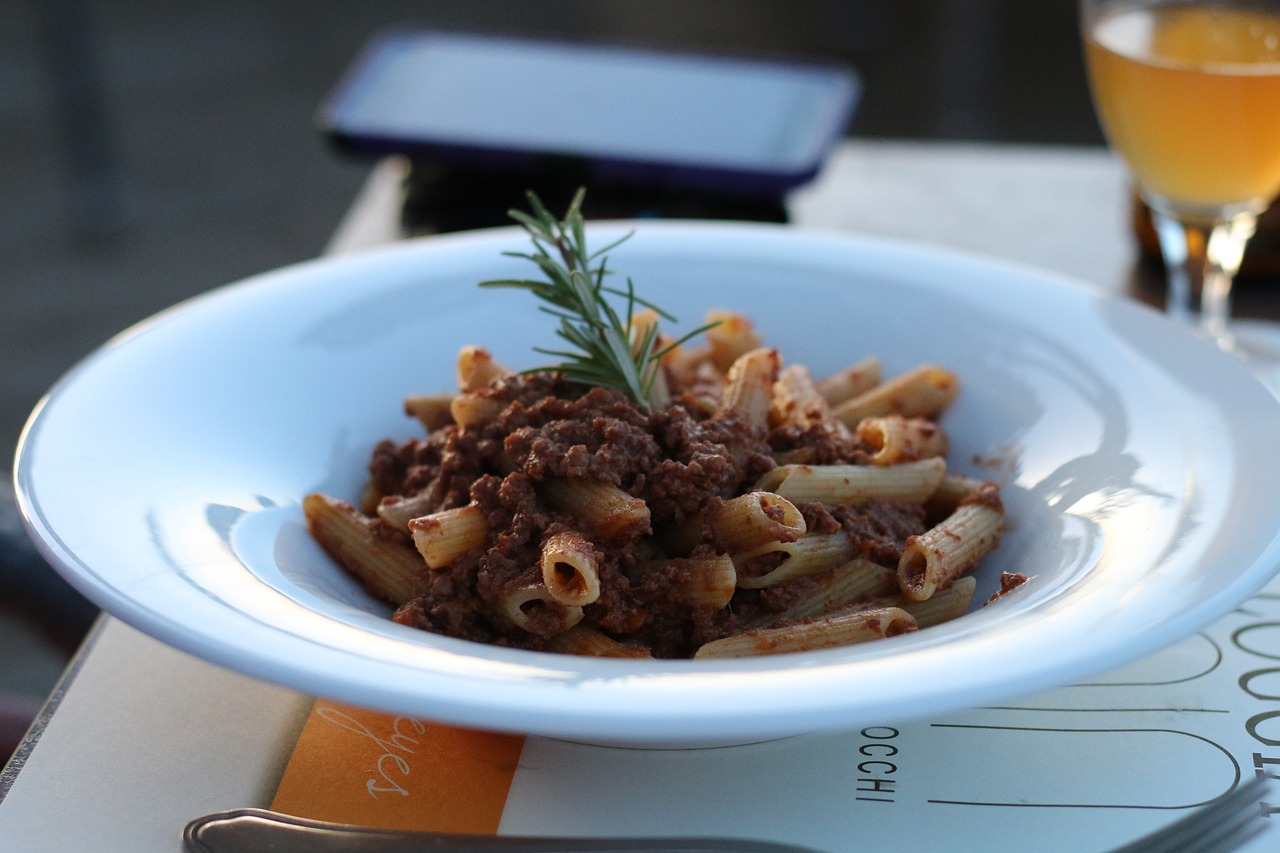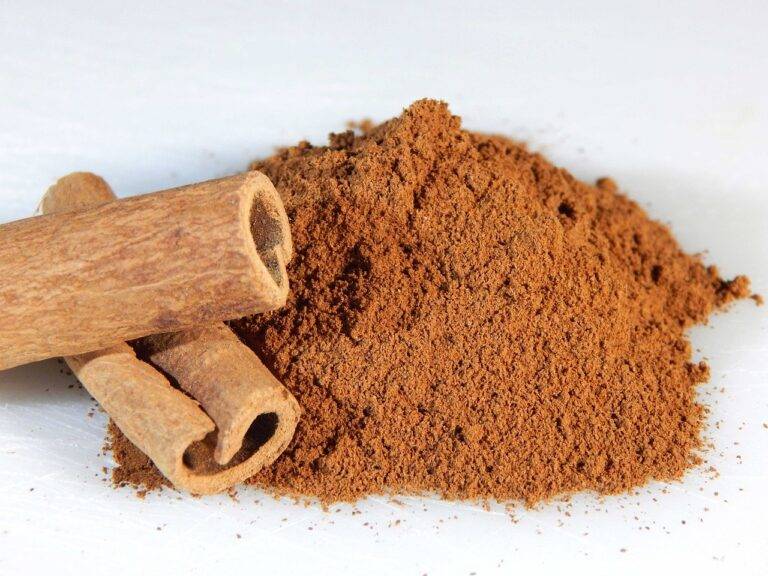The Impact of Food Processing Techniques on Flavor Intensity
cricbet99.com sign up, Sky1exchanges Login, cricket bet99: Food processing techniques play a significant role in shaping the flavor intensity of the final product. From freezing to fermentation, each method can have a profound impact on the taste and aroma of a food item. In this article, we will delve into the various food processing techniques and how they influence flavor intensity.
Freezing
One of the most commonly used food processing techniques, freezing, can affect the flavor intensity of foods in several ways. When foods are frozen, the water content inside them crystallizes, which can lead to a loss of moisture and a change in texture. This can impact the overall taste of the food, making it less juicy or tender than before freezing. However, freezing can also help preserve the natural flavors of foods by slowing down the degradation of enzymes that can alter taste.
Drying
Drying is another food processing technique that can impact flavor intensity. When foods are dried, the water content is removed, concentrating the flavors present in the food. This can result in a more intense and pronounced taste. However, drying can also cause some flavor compounds to be lost, leading to a change in the overall flavor profile of the food. For example, dried fruits may have a more concentrated sweetness but can lose some of their natural tartness.
Cooking
Cooking is perhaps the most well-known food processing technique, and it can have a significant impact on flavor intensity. When foods are cooked, heat is applied, which can cause chemical reactions that create new flavor compounds. For example, browning meat through cooking can lead to the formation of Maillard reaction products, which contribute to a rich, savory flavor. However, overcooking foods can also lead to the loss of delicate flavors and the development of undesirable off-flavors.
Fermentation
Fermentation is a food processing technique that involves the use of microorganisms to produce changes in flavor, texture, and aroma. During fermentation, bacteria or yeast consume sugars in the food, producing acids, alcohols, and other compounds that can alter the flavor profile of the food. This can lead to a tangy, sour, or umami taste, depending on the type of fermentation used. Fermentation can also increase the complexity of flavor by introducing new aromatic compounds.
Pickling
Pickling is a food processing technique that involves immersing foods in a vinegar or salt solution to preserve them and enhance their flavor. The acidic environment of pickling can alter the flavor intensity of foods by adding a tangy, sour note. Pickling can also introduce new flavors through the spices and herbs added to the pickling solution. For example, pickled cucumbers may have a bright, acidic flavor with hints of dill and garlic.
Curing
Curing is a food processing technique that involves the use of salt, sugar, and sometimes nitrates to preserve foods and enhance their flavor. Curing can have a profound impact on the flavor intensity of foods by adding a salty, savory taste. This can be seen in cured meats like bacon and ham, which have a rich, umami flavor due to the curing process. However, curing can also lead to the development of off-flavors if not done properly.
Overall, food processing techniques can have a significant impact on the flavor intensity of foods. Each method brings its own unique flavor profile to the table, whether it’s the concentrated sweetness of dried fruits or the tangy acidity of pickled vegetables. By understanding how these techniques work, we can better appreciate the complex interplay of flavors that make up our favorite foods.
FAQs
Q: Can food processing techniques alter the nutritional value of foods?
A: Yes, some food processing techniques like canning or frying can lead to a loss of certain nutrients such as vitamin C or B vitamins. However, other methods like freezing or drying can help preserve the nutritional content of foods.
Q: How can I preserve the flavor intensity of foods during processing?
A: To preserve the flavor intensity of foods during processing, it is important to use high-quality ingredients, avoid overcooking or overprocessing, and store foods properly to prevent flavor loss.
Q: Are there any food processing techniques that can enhance the flavor intensity of foods?
A: Yes, techniques like fermentation and pickling can enhance the flavor intensity of foods by introducing new flavor compounds and preserving the natural flavors of the ingredients.
Q: How can I experiment with different food processing techniques at home?
A: You can experiment with different food processing techniques at home by trying out recipes that involve freezing, drying, cooking, fermenting, pickling, or curing. This can help you understand how each method affects the flavor intensity of foods.







